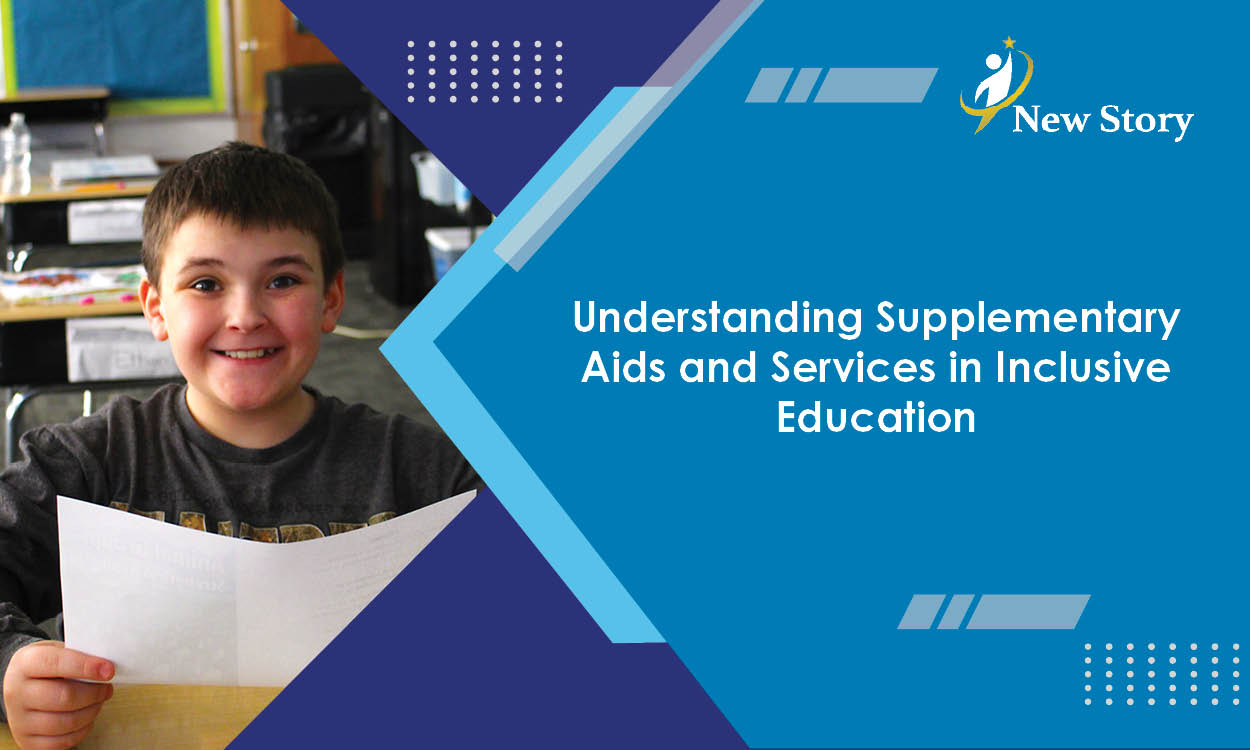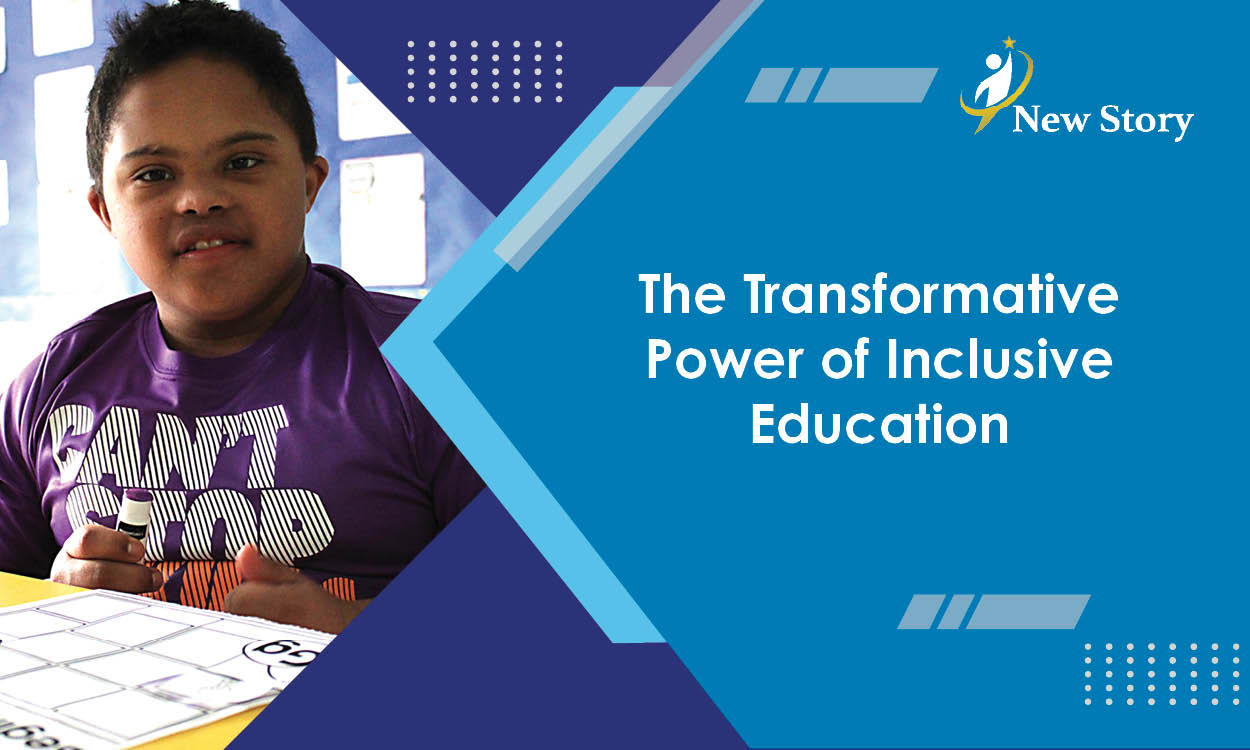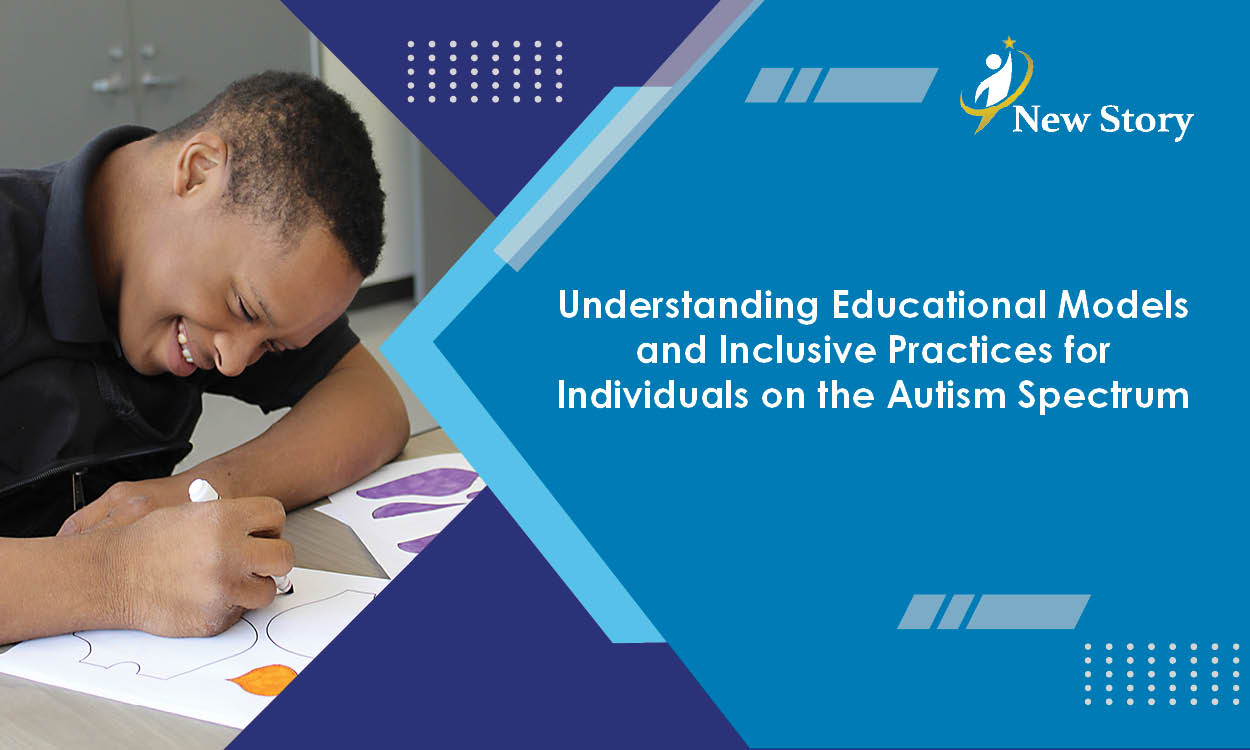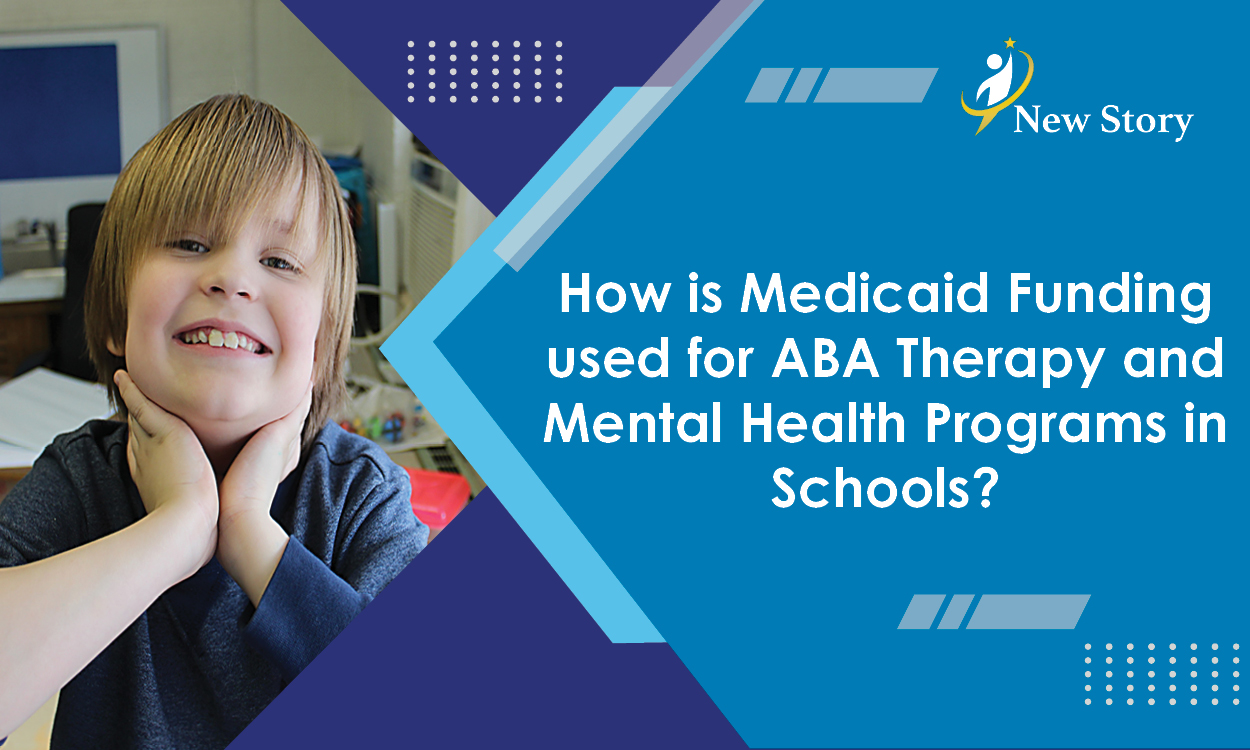Understanding Supplementary Aids and Services in Inclusive Education
Posted: July 16, 2024 | Written By: Melanie Kells| Category: Special Education Schools FAQ

In the realm of special education, supplementary aids and services play a critical role in supporting the education of children with disabilities. These aids ensure that students with disabilities can participate fully in regular classes and a variety of school activities alongside their nondisabled peers. According to the Individuals with Disabilities Education Act (IDEA), supplementary aids and services are defined as:
“Aids, services, and other supports that are provided in regular education classes, other education-related settings, and in extracurricular and nonacademic settings, to enable children with disabilities to be educated with nondisabled children to the maximum extent appropriate.”
Practical Applications of Supplementary Aids and Services
In practice, supplementary aids and services encompass a wide range of accommodations and modifications. These can include changes to the curriculum, the manner in which content is presented, or how a child's progress is measured. However, the scope extends beyond these academic adjustments to include:
- Direct services and supports to the child: Personalized assistance to address specific educational needs.
- Support and training for staff: Ensuring that educators and support staff are equipped to effectively work with children with disabilities.
Evolution of the Definition Since 1997
Since 1997, the definition and application of supplementary aids and services have been refined through practice and experience. States have developed Individualized Education Program (IEP) guides that incorporate both the regulatory definition and practical examples. These guides help IEP teams consider the unique needs of each student, addressing areas such as environmental adjustments, levels of support, pacing of instruction, and necessary materials.
The Right to Public Education
Students with disabilities have the right to access public education through appropriate accommodations. Inclusive education ensures that all children, regardless of their racial, religious, or ethnic background, gender, learning style, or ability, have equal access to educational opportunities. In an inclusive environment, all students are safe, valued, and respected, and efforts are made to eliminate negative stereotypes and attitudes.
Principles of Inclusive Education
Inclusive education welcomes students who may have felt marginalized as valued participants in the classroom. This approach provides them with the opportunity to achieve and maintain an acceptable level of learning. The principles and adaptations used in inclusive education indirectly increase the amount of instructional time a student receives. By reducing group sizes or providing interventions in homogenous groups, teachers can ensure that students spend more time engaged in instruction tailored to their specific needs.
Key principles of inclusive education include:
- Embracing differences: Recognizing that every person and learner has unique value.
- Building an accessible learning environment: Ensuring that the educational setting is conducive to learning for all students.
- Adapting various aspects: Modifying the environment, methods of instruction, and settings or conditions to meet the diverse needs of learners.
Conclusion
Supplementary aids and services are essential components of inclusive education, enabling students with disabilities to thrive alongside their peers. By embracing diversity and adapting the learning environment, educators can create a supportive and effective educational experience for all students.









